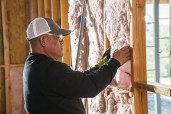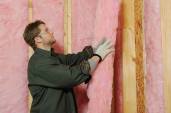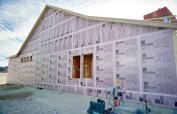For the past 15 years, Joe Arrigo has been a building science educator, serving residential and light commercial builders and trade contractors. We asked him to share insights he’s picked up along the way.
What are builders most concerned with right now?
Labor and costs. Energy codes are no longer optional and builders don’t have time for trial and error. So we take the latest building science research, plus what we’ve learned from other peoples’ mistakes to help our clients make the right choices. Often we can create a larger ROI by designing high performance systems that include a good weather barrier on the exterior, combined with a practical air sealing strategy and a good thermal envelope.
Is there a common misconception in homebuilding today?
This idea that you have to air seal every square inch of the house. Research1 shows there are several places where air sealing makes a difference, but in the vast majority of the house—the lion’s share of the total square footage—people are spending a crazy amount of money for very little benefit or very slow return on investment. If the builder has done a good job of framing the envelope, there’s not a big advantage to putting a very expensive product like spray foam in exterior walls.
Based on your experience, what material do you recommend?
I’m a big fan of blown-in fiberglass. To me, it’s the most affordable, high R-value, custom manufactured system that the builder can choose. You get high R-values, an outstanding fit that passes inspection, great sound control and virtually no settling—without added water, extra chemicals or downtime. And you’re probably looking at $600 to $700 upgrade cost versus spray foam that’s going to be probably $3,500 to $4,000 cost of upgrade for the same areas.
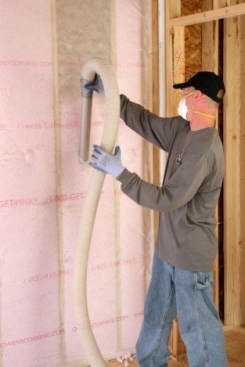
Advanced fiber technology allows the same L77 Loosefill insulation to be used throughout the house, to help optimize performance and efficiency.
Some people think of fiberglass as “old technology.” What’s your response?
Two things. First, it’s great to look back and know that we have 70-plus years of proof that fiberglass performs over time.
Second, today’s fiberglass has come a very long way. For instance, with L77 Loosefill from Owens Corning, the same product can be used everywhere in the house. It’s advanced, and there’s no wasted time or material switching between walls and ceilings. The improvements in fiber technology have made it easy to insulate well, even in odd areas.
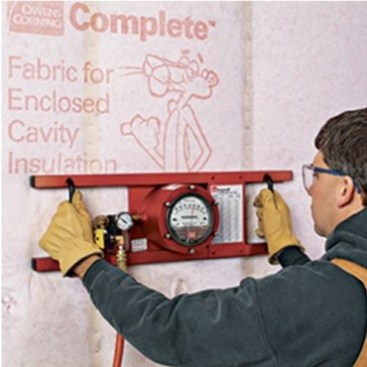
The Owens Corning Inspect-R gauge allows installers to quickly verify the installed R-value of blown-in fiberglass insulation, for quality assurance without destructive testing.
I also like that the Inspect-R® gauge lets you instantly field-verify the installed R-value. That‘s really important, because the other options are either destructive testing methods, or just guessing and hoping for the best. If you’re the builder or the home buyer, you should know you’re getting what you paid for.
What insulating approach is right for you? Owens Corning CoLab™ services can help you learn more about your options and the building science behind them so you can insulate to a higher standard for less.
For more information, click here.
1 Source: Characterization of Air Leakage in Residential Structures, Parts 1 & 2. Wolf, David and Frank Tyler, 2013, ASHRAE.

